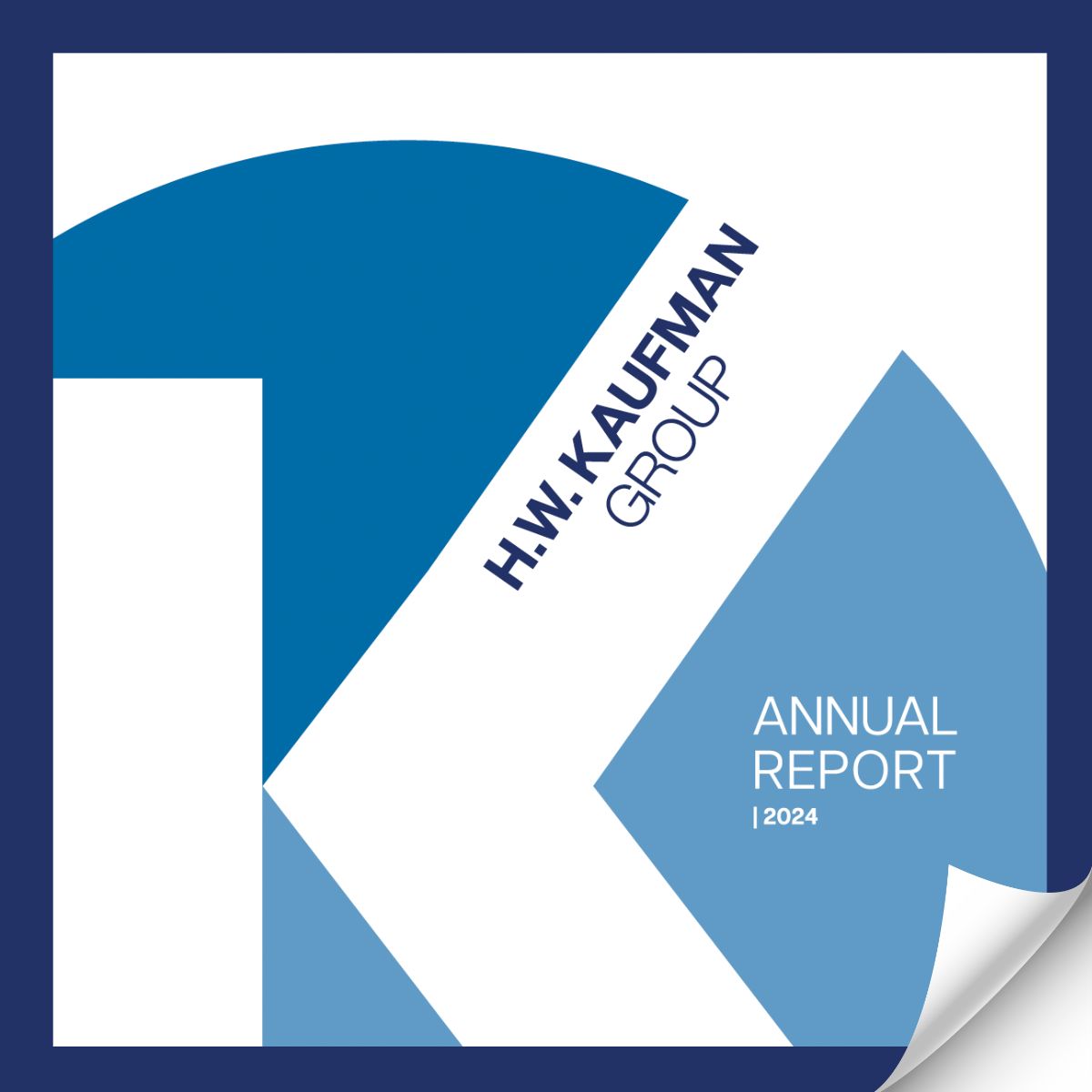The former chief financial officer of the Detroit Riverfront Conservancy is being accused of embezzling $40 million from the nonprofit organization over a period of more than 11 years. William Smith was recently charged with bank and wire fraud after allegedly stealing millions of dollars and spending it on airline tickets, hotels, luxury goods, real estate and more. He has since been replaced and the organization is reportedly working to recover its funds.
Featured Solutions
“When these are well-respected members of the community, you just kind of trust that they are doing the right thing,” said Connor Cahill, Broker, Professional Liability, Burns & Wilcox, Minneapolis, Minnesota. “When they take advantage of that trust is when you get into hot water.”

When these are well-respected members of the community, you just kind of trust that they are doing the right thing.
Embezzlement losses can be covered by a nonprofit organization or business’s Crime Insurance, while subsequent claims over mismanagement or lack of oversight could trigger coverage under an organization’s Directors & Officers (D&O) Insurance.
“My first thought was I hope they had Crime Insurance in place,” said Ryan Ascenzo, Senior Broker, Professional Liability, Burns & Wilcox Brokerage, New York, New York. “One of the common misconceptions out there is that crime would never happen to me or my business, but we find that even in the digital age, employee dishonesty is still a very large driver of crime and fidelity claims, with employees stealing from the company, usually over large periods of time. By the time it is uncovered, it is a very large loss.”
Embezzlement may increase amid economic turbulence
According to a 2022 report from the Association of Certified Fraud Examiners, 39% of fraud is committed by managers, leading to a median loss of $125,000, while owners and executives cause $337,000 in median fraud losses and employees cause a median loss of $50,000. Small businesses may be particularly susceptible, as owners often know all their employees and do not believe they would steal, Forbes reported in 2018.

One of the common misconceptions out there is that crime would never happen to me or my business, but we find that even in the digital age, employee dishonesty is still a very large driver of crime and fidelity claims.
Instances of embezzlement and fraud appear regularly in the news. In the first weeks of June, other embezzlement cases making headlines included a nonprofit founder in New York who was charged with embezzling $2.5 million from his charity, a school principal in Michigan who pleaded guilty to embezzling over $89,000 in district funds, and an IT manager for a Pittsburgh philanthropic organization who reportedly stole $1 million over a seven-year period. In Canada, a school board official recently pleaded guilty to fraud and embezzlement, and in April a financial adviser in Calgary was accused of embezzling almost $5 million from clients over a six-year period, CBC News reported.
“I have been seeing more headline news regarding employee embezzlement,” Ascenzo said. “While I cannot say there is a correlation, I am led to believe that when times are tough economically — and here we are in a time of surging inflation — that individuals look for other avenues to get money. I am led to believe that when there is economic turbulence, you may see a rise in employee embezzlement and employee dishonesty.”
In cases of embezzlement, employees often “embezzle small amounts over a long period of time,” Ascenzo said, adding that the $40 million figure in the Detroit Riverfront Conservancy situation is notably large and that totals are more often in the six- to low-seven-figure range. “Six or seven figures to a small- to medium-sized business is severe. If they did have Crime Insurance, that is the first place you go to recoup the money that has been lost. If the limit was inadequate, then you are looking at some kind of legal action against the criminal.”
Crime Insurance policies are “fairly comprehensive” and can also cover burglary, smash-and-grabs at high-end stores, fraudulent wire transfers, counterfeit signatures and more, Ascenzo said.
While Crime Insurance is the primary insurance policy likely to respond to embezzlement, D&O Insurance is also important for organizations and can protect the entity itself as well as its individual board members against claims related to their fiduciary duty and the decisions they make on behalf of the organization. This type of insurance can respond to lawsuits from investors, shareholders or donors alleging mismanagement, for example, and can help pay for legal expenses as well as settlements.
“The D&O Insurance is really in response to how the company is being run,” Cahill explained. In the case of the recent $40 million nonprofit embezzlement, the organization’s “members and volunteers could potentially file a lawsuit against the company for not catching this earlier.”
According to Ascenzo, D&O Insurance coverage for embezzlement “is a very complicated situation,” as the nonprofit may be sued for failing to safeguard assets, but the policy could prohibit insured parties from suing other insured parties. “It can get a little trickier, depending on who is in charge of the D&O Insurance policy, what is covered and what is excluded,” he said. “You would need to have open transparency and coordination between the insured, the broker, legal counsel, and the insurance carrier’s claims examiner.”
Organizations often underinsured for crime
In the U.S., employee theft cost businesses an estimated $50 billion each year as of 2017, according to CNBC. The same year, CBC News reported that employee theft cost Canadian businesses about $1.4 billion per year. Despite the risks, many companies do not carry Crime Insurance or may not have sufficient limits, Ascenzo said.
“Individuals often think they have Crime Insurance under some other type of insurance policy, such as a Business Owners Policy, but the fact of the matter is that under those policies the coverage may be very limited,” he said, pointing out that companies may mistakenly believe that Crime Insurance is only for petty theft or shoplifting. “Companies frequently do not buy standalone commercial crime policies to cover comprehensive crime losses or large-limit losses. Everyone says they trust their business partner, they would never steal from them, but here we have a story where it is someone trusted, and they are embezzling money.”

Individuals often think they have Crime Insurance under some other type of insurance policy, such as a Business Owners Policy, but the fact of the matter is that under those policies the coverage may be very limited.
Limits should also be considered carefully. Although $40 million in embezzled funds may be beyond most organizations’ Crime Insurance limits, embezzlement that is detected sooner could be within standard limits. “If they had caught this the first year, that could have been covered under a standard policy’s limits,” Cahill explained. “Over 12 years, that is where the loss just grows and grows. They are less likely to get all of that covered by insurance.”
In either case, “nonprofits are probably underinsured when it comes to crime,” Cahill said. “As far as Crime Insurance goes, most policies are going to exclude any incidents that the upper board members know about,” he said. “If another higher-up executive knew about it, they could be out the full $40 million.”
‘Duality of controls’ key
According to Ascenzo, a key step in mitigating the risk of embezzlement is getting more individuals involved at each step of financial processes. “For small companies where you cannot have duality of controls, such as a very small accounting office where you do not have the ability to have separation of duties, you could get a third-party CPA firm to conduct your annual audit,” he said. “An auditor will be able to see discrepancies or ask questions on certain transactions.”

If they had caught this the first year, that could have been covered under a standard policy’s limits. Over 12 years, that is where the cost just grows and grows.
Having more than one individual responsible for financial statements and transactions is essential, Cahill agreed. This could include requiring a second signature on any transactions over $25,000, for example. “I think in the [Detroit Riverfront Conservancy] situation, it was just the one individual responsible for putting together the financial statements and moving the funds around,” he said. “Typically, you want to have an outside view, which may be harder to do for smaller entities who do not have the funds. This situation just highlights the fact that this individual had sole control and final say by himself of what was happening with the money.”
Hiring decisions also come into play, Cahill said. “It really comes down to just needing to properly vet your staff and not give anyone sole autonomy,” he said. “You should always be answering to somebody and sharing the responsibilities and defending your work.”
Beyond this preparation, nonprofit organizations and businesses can offer regular training opportunities for staff, which may include programs provided by the Crime Insurance or D&O Insurance carrier, Cahill added. “Many policies include free training as part of the policy purchase, which could go into social engineering and how to spot fraud. In this case, that could have potentially raised some flags,” he said. “Look into any free risk management services.”




